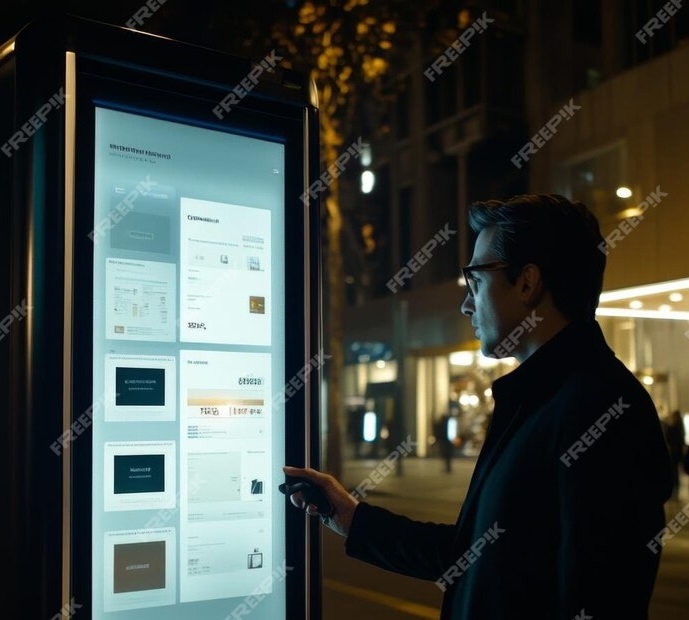The Evolution of Dining: Restaurant Digital Menus and Electronic Menu Boards

With the advancement in technology, restaurants have adopted the use of technology in the running of their businesses and to improve the experience of clients. The use of restaurant digital menus and electronic menu boards is among the most important changes that have occurred within the food industry. These changes do not only enhance the glamour of eating out but also bring several advantages for the customers and owners.
What is Restaurant Digital Menu?
A restaurant digital menu can be described as an electronic version of paper menus that are normally printed and placed on the tables or posted on walls, which can be in the form of tablets, kiosks, or even mobile phones. These menus can be accessed through a QR code or through a restaurant website or application. This type of menu can be easily edited by the restaurants without necessitating the printing of new menus.
The Rise of Electronic Menu Boards
Digital menus are further developed as the electronic menu boards which use LED or LCD screens to display the menu items. These boards are used in fast foods, Restaurants, café and even in the fancy restaurants. They offer an effective and exciting method of conveying menu dishes, offers, and other specialty of the day.
Benefits of Digital Menus and Electronic Menu Boards
1. Enhanced Customer Experience
Digital menus are attractive with images, clear descriptions, and flexibility of customizing the menu, which makes it simpler for the customers to make their choices from.
2. Easy and Instant Updates
Digital menus are easy to edit and update unlike the printed ones; this helps in saving costs and time of printing new ones while ensuring that the prices and other details provided are correct.
3. Improved Order Accuracy
Self-ordering charts and kiosks help avert mistakes by allowing the customers to order for their meals on their own, thus improving food preparation.
4. Increased Sales and Upselling Opportunities
Using the electronic menu boards and digital menus, one can be able to highlight the promotions, the additional items and the high marginal products and services to increase the revenues.
5. Eco-Friendly and Cost-Effective
It also helps in avoiding the frequent printing of paper menus, thereby saving costs and being environmentally friendly.
Challenges and Considerations
Despite the numerous benefits of digital menus and electronic menu displays, there are also some issues associated with this trend. The costs of the physical equipment and software to implement the system can be high at first and there are always recurrent expenses of hardware and software maintenance. Also, there is a need to design the digital menus in a way that will not lock out any customer who may not be conversant with new technologies.
Conclusion
In the current world, technology is advancing in the restaurant industry and digital and electronic menu board are very critical elements in restaurant operations. Thus, the use of the digital solutions described will let restaurants remain relevant for clients, cut costs, and provide the clients with a new level of dining experience. Adapting to technology in the food service industry is no longer a choice but rather a necessity for the future prospects.
- Questions and Answers
- Opinion
- Motivational and Inspiring Story
- Technology
- Live and Let live
- Focus
- Geopolitics
- Military-Arms/Equipment
- Security
- Economy
- Beasts of Nations
- Machine Tools-The “Mother Industry”
- Art
- Causes
- Crafts
- Dance
- Drinks
- Film/Movie
- Fitness
- Food
- Games
- Gardening
- Health
- Home
- Literature
- Music
- Networking
- Other
- Party
- Religion
- Shopping
- Sports
- Theater
- Health and Wellness
- News
- Culture

